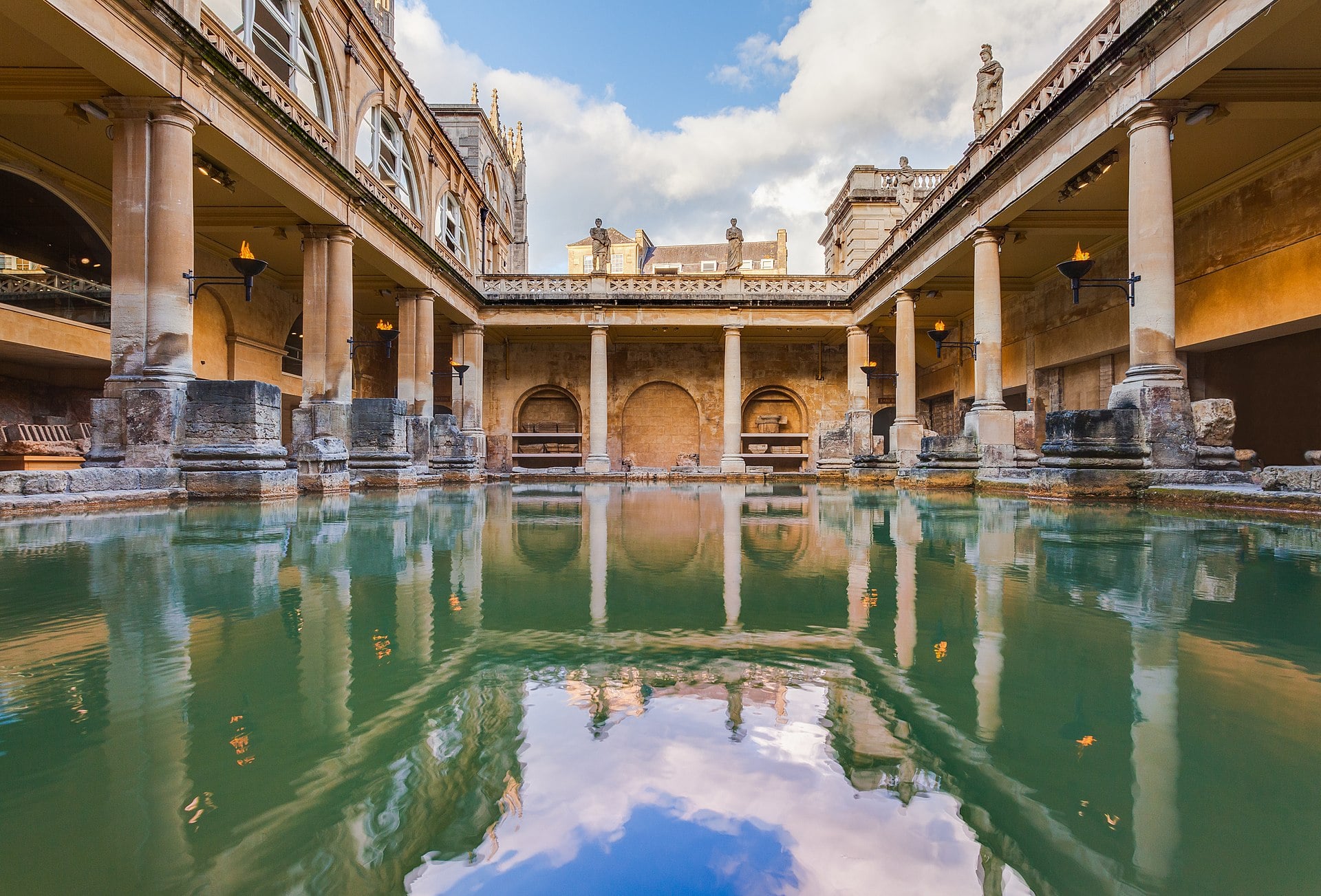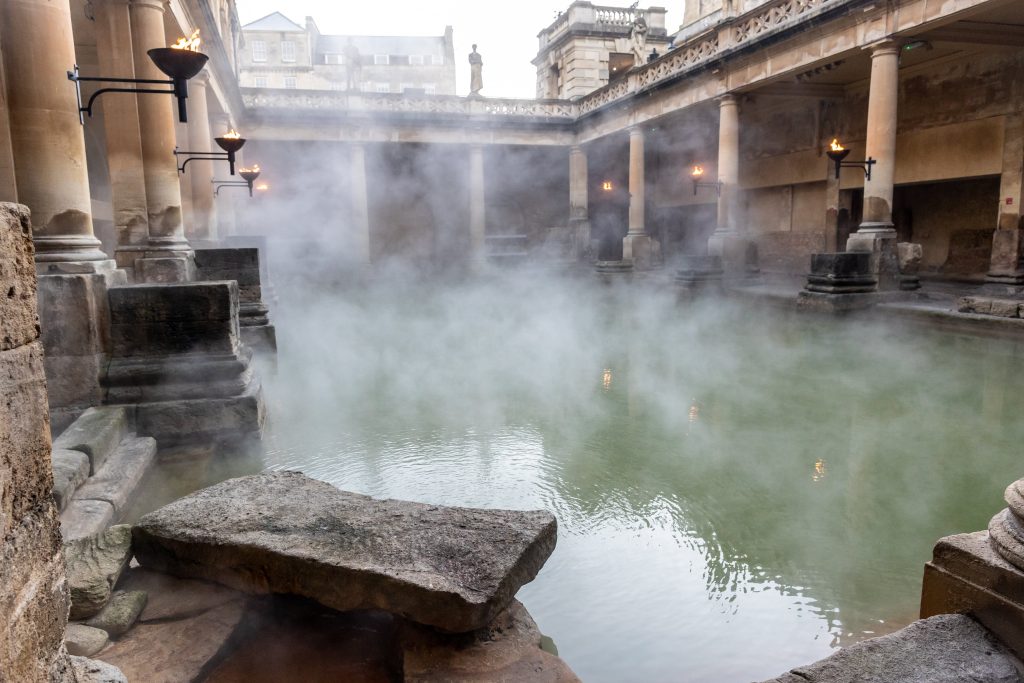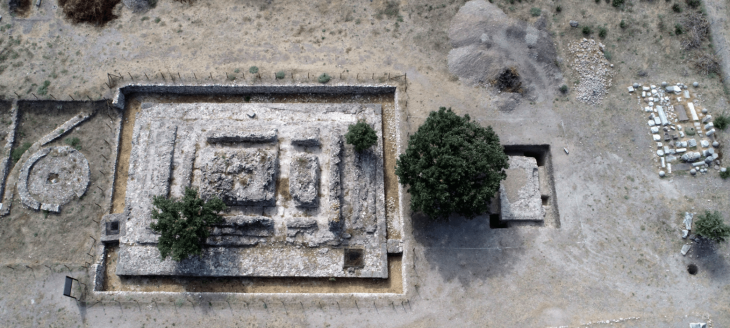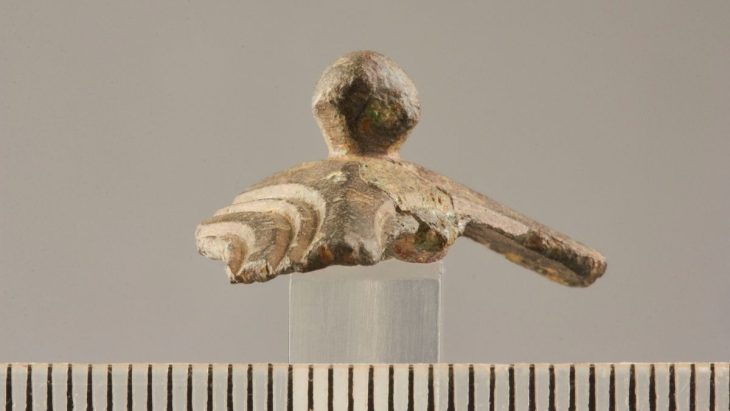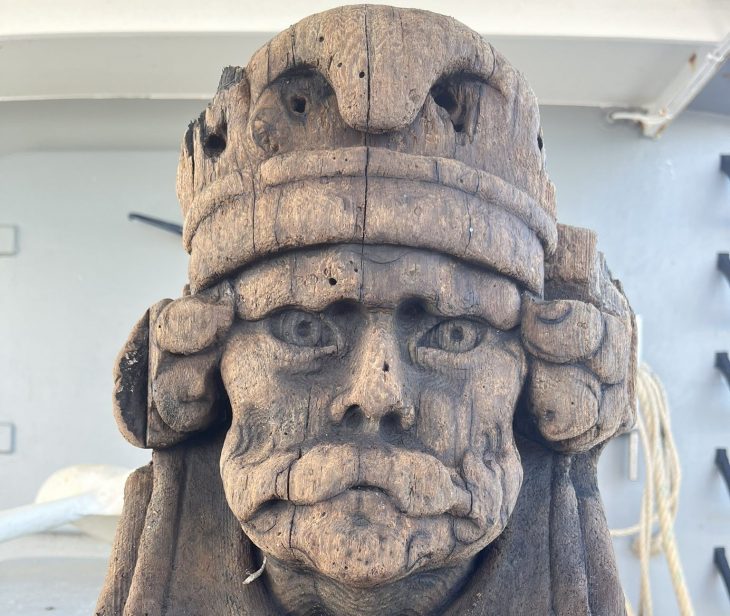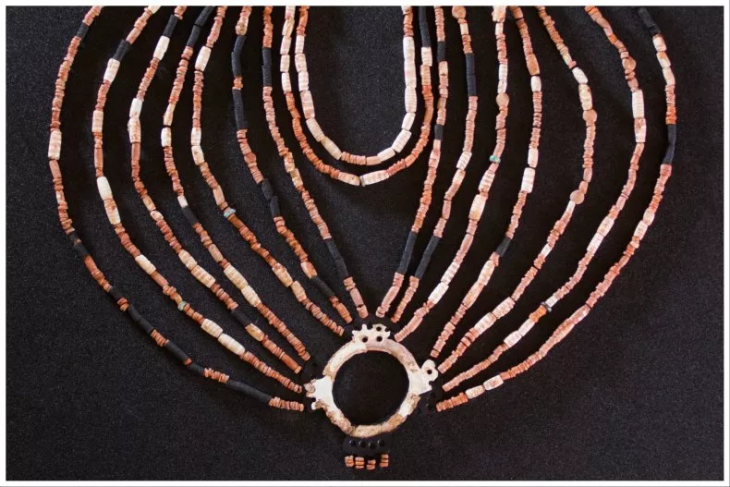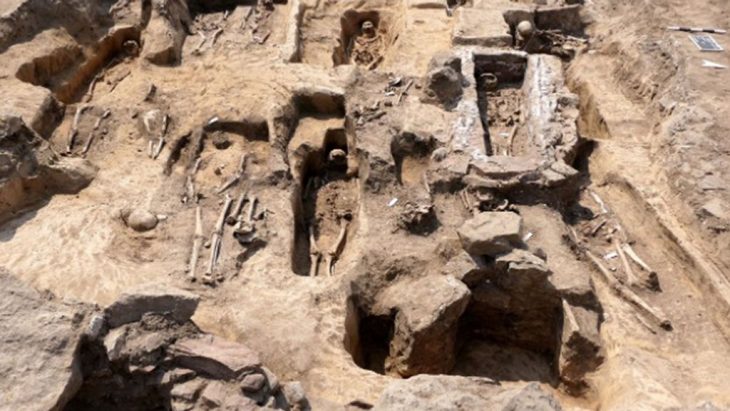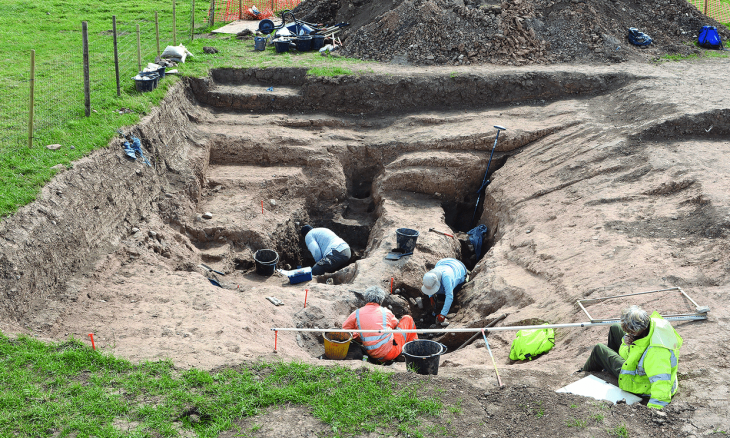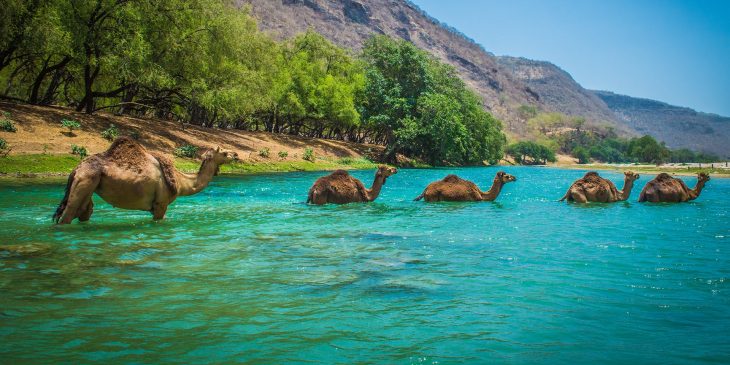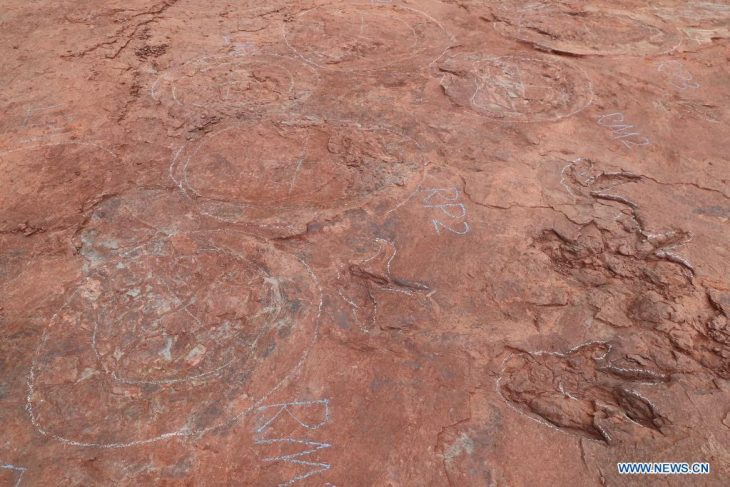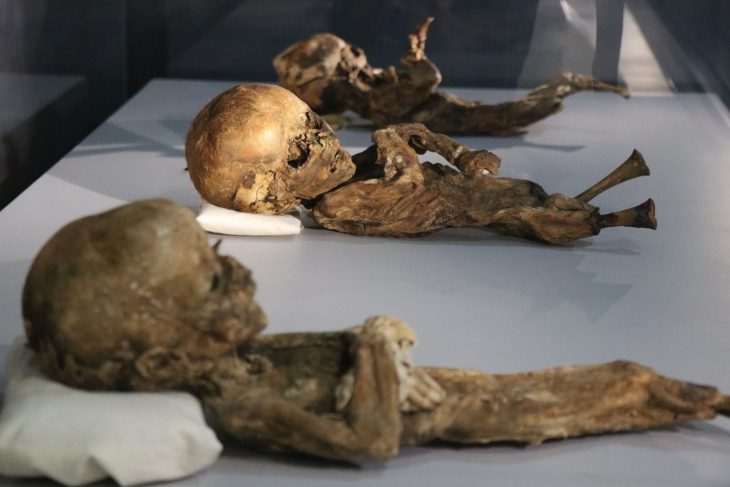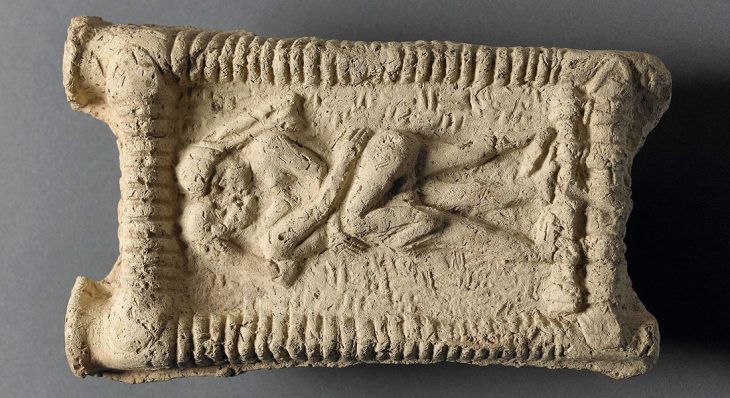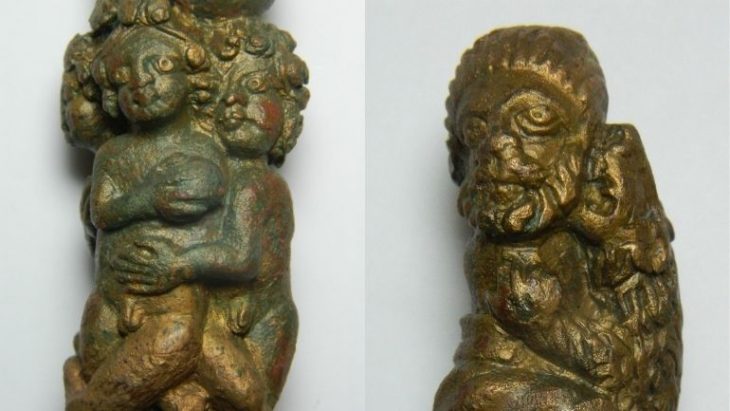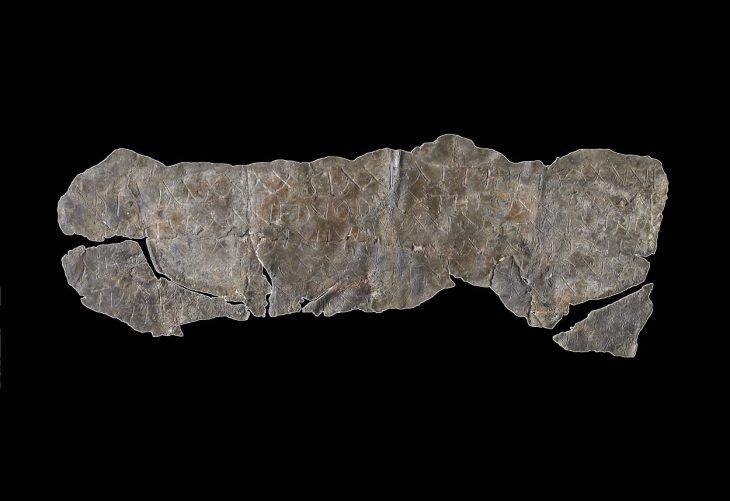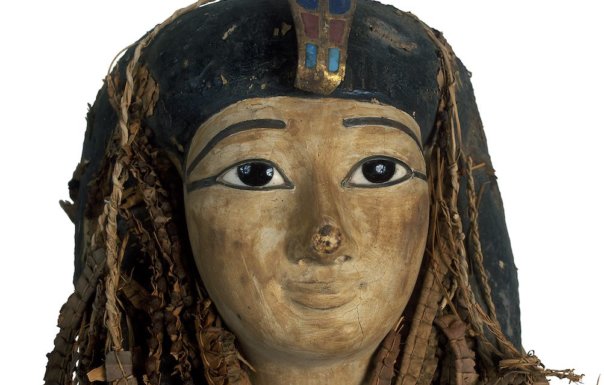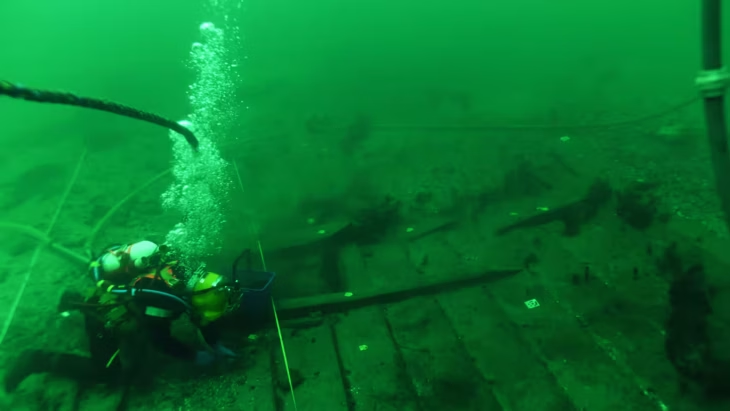The popular Roman Baths in the city of Bath in southwest England are home to a diverse range of microorganisms which could be critical in the global fight against antimicrobial resistance, a new study suggests.
People who came to immerse themselves in the ancient natural hot springs spa’s water in the past experienced more than just relaxation if new research into the properties of the water is accurate.
Researchers from the University of Plymouth’s School of Biomedical Sciences revealed the results of testing that showed the water in the Baths of Bath contains microbial lifeforms that produce antibiotic substances. These beneficial emissions are capable of vanquishing common but potentially deadly bacteria like E. coli and Staphylococcus Aureus, which are well-known threats to human health.
The findings are detailed in a study published in the June 2024 issue of the journal The Microbe.
Ruins of Roman baths have been uncovered in several countries, including Albania, Austria, Croatia, Türkiye, and Spain. These public structures were typically built over hot springs with supposed medicinal properties. The Roman Baths in this study in Bath, England were constructed around 707 CE.
📣 Our WhatsApp channel is now LIVE! Stay up-to-date with the latest news and updates, just click here to follow us on WhatsApp and never miss a thing!!
Zofia Matyjaszkiewicz, Collections Manager at the Roman Baths and a co-author of the new study, said in a statement: “People have visited the springs in Bath for thousands of years, worshipping at, bathing in and drinking the waters over the centuries. Even in the Victorian period the Spa Treatment Centre in Bath used the natural spring waters for their perceived curative properties in all sorts of showers, baths and treatments. It’s really exciting to see cutting edge scientific research like this taking place here, on a site with so many stories to tell.”
Scientists took samples of the water, sediment, and bacterial growth from locations including the King’s Spring, where the waters reach around 113F (45C), and the Great Bath, where the temperatures are closer to 86F (30C).
Around 300 distinct types of bacteria were discovered of which 15 were active against human pathogens including E. coli, Staphylococcus aureus and Shigella flexneri.
Studying what potentially clinically useful microbes are present in the balmy water could help develop new antibiotics at a crucial time. Across the globe, the resistance of bacteria to currently used medication is estimated to be responsible for over 1.27 million deaths annually.
In order to mobilize the microorganisms found in the Roman Baths to combat infections and diseases, the team believes that a great deal more research is required. However, they think that these preliminary results indicate that these old hot springs may contain novel natural products that are worth further investigation.
Dr Lee Hutt, lecturer in Biomedical Sciences at the University of Plymouth, said: “This is a really important, and very exciting, piece of research. Antimicrobial resistance is recognized as one of the most significant threats to global health, and the hunt for novel antimicrobial natural products is gathering pace. This study has for the first time demonstrated some of the microorganisms present within the Roman Baths, revealing it as a potential source of novel antimicrobial discovery. There is no small irony in the fact the waters of the Roman Baths have long been regarded for their medicinal properties and now, thanks to advances in modern science, we might be on the verge of discovering the Romans and others since were right.”
The Roman Baths has been welcoming visitors for almost two millennia, and in 2023 more than one million people toured its hot springs and other collections.
Cover Photo: Diego Delso

